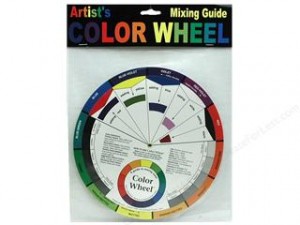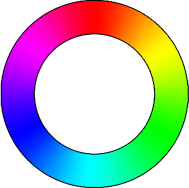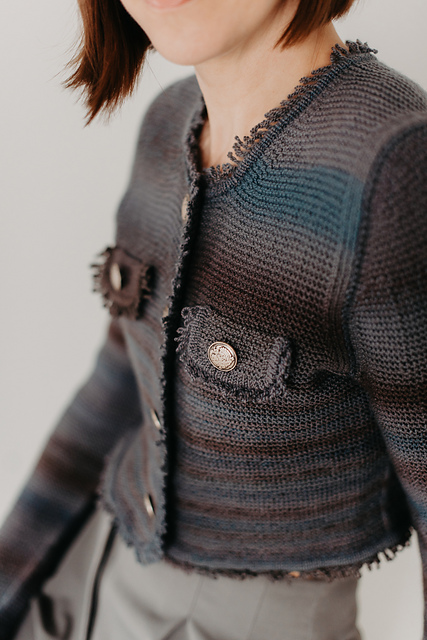Making decisions about color can be overwhelming. As artists/crafters, we are compelled to make decisions regarding color, often on an hourly basis. At the very least, we must make these decisions each time we select yarn for a project. In fact, I often find myself choosing a project based on the colors of yarn I have in my stash rather than choosing a project and purchasing yarn for it.
Outside influences often determine what colors I’ll work with. When I’m out and about and see something particularly attractive – a floral arrangement, someone’s outfit, a still life painting, a friend’s new decor – that will make me want to run home, pull those color yarns out, and get crocheting!
However, I’m NOT a person who’s good with color. It takes those outside influences, often, for me to pull together a good color combination. My mom, a former oil painter who’s now almost blind, can still match colors in an amazing way. I can show her a pair of pants in my closet and she can match them perfectly hours or days later at the mall while shopping for a ‘matching’ top. Not me. I can barely match the items when I have both of them in front of me!
When I was quilting, years ago, I first learned all the ways a color wheel could help me. One can pick out complementary colors, harmonious colors, and contrasting colors in a flash using a color wheel. And, while computer monitors are notoriously variable in their reproduction of color, we can use the color wheels and other color tools available online to assist in making our color choices.
Here’s a link I like although it’s intent is as a tool for technical uses other than crochet.
http://www.colorsontheweb.com/colorschemes.asp offers a selection of predetermined color palettes.
http://www.colorsontheweb.com/colorwizard.asp#wizard is a tool for using a single starting color to create a palette.
Here’s a color wheel you can put in your purse or project bag to make color selection easier for you:

Available at lots of quilting and arts & crafts stores as well as online sources like createforless.com.

